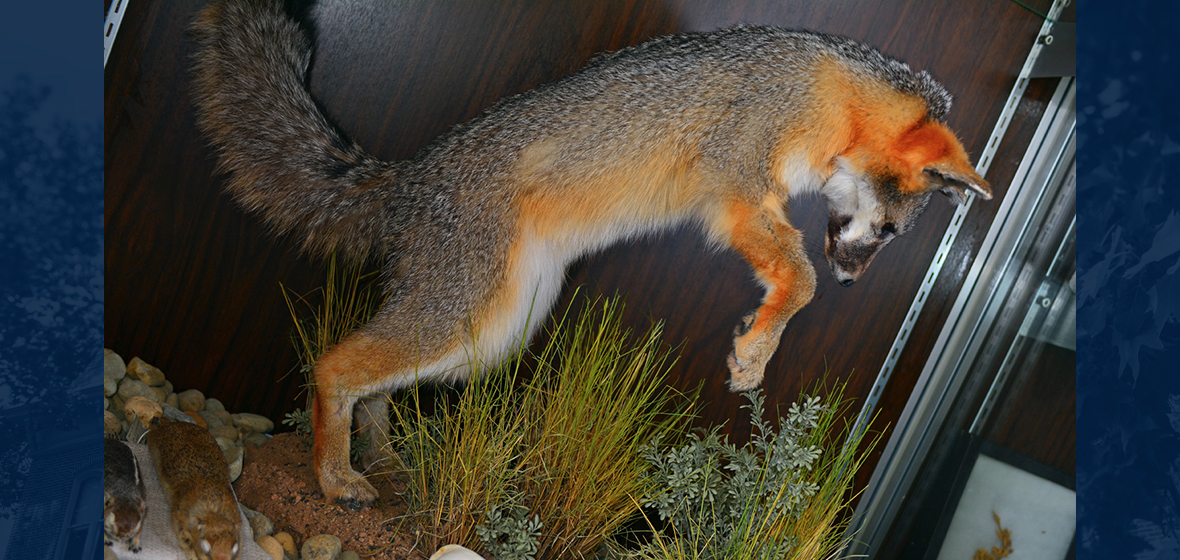The needles of a singleleaf pinyon pine once provided food, fire and shelter for Native Americans. This Great Basin plant will be one of 92,000 dried specimens available to view at the new University of Nevada, Reno Museum of Natural History. Faculty, students and K-12 teachers are invited to see the plants, bugs and mammals in the museum in an open house at 4 p.m. on Wednesday, March 5.
"The museum will provide students and residents of our area a place to learn about their natural heritage" Elizabeth Leger, a University professor and co-director of the museum, said. "One of the most important aspects of our collection is its age. Some of these plants and animals were collected at the turn of the last century, and are truly irreplaceable records of how Nevada used to be."
Displayed animals include butterflies, reptiles, birds, and even the state mammal - the bighorn sheep, along with a few other surprises. There are also two cases full of live insects and regional fish. Behind the scenes, there is an active research collection used by students and faculty. Though modest in scale, the museum will provide visitors with a firsthand look at the beauty and diversity of Nevada's natural history.
"The desert plants and animals represented in this museum are not available in other collections, so this is a unique resource to the scientific community," Chris Feldman, a University professor and second director of the museum, said. "This museum will provide hands-on educational opportunities that simply are not available to students who do not have an opportunity to hold and closely examine individual plants and animals."
The modest museum collections provide a comprehensive look at the rich history of the Great Basin's desert ecosystem with more than 10,000 preserved animals, 500,000 insects, and plant life dating back to the 1890s.
"There are three missions of the museum: public outreach, undergraduate and graduate education, and scholarly research," Feldman said. "The museum will play a unique role in how the University serves the public and meets its educational and research goals."
Students of all ages are encouraged to visit the museum. Kindergarten through high school classes will soon be able to schedule visits and get hands-on experiences in the working laboratory. Associated schoolwork and curriculum for teachers will be created soon and made available.
At present, university students and researchers anywhere can request specimen loans or visit the collection to conduct research. The museum holdings are being digitized so that parts of the collection can be accessed online by researchers anywhere in the world.
The Museum of Natural History was assembled in a grassroots effort by undergraduate and graduate students in the departments of Biology and Natural Resources and Environmental Science, under the guidance of curator Jerry Tiehm, directors Leger and Feldman. The museum's collections and exhibits are the combined efforts of the University's College of Agriculture, Biotechnology and Natural Resources, the College of Science and a small army of student and alumni volunteers.
Located in room 300 of the University's Fleischmann Agriculture building, the Museum of Natural History will be open weekdays for self-guided tours from 8 a.m. to 4 p.m. Schools will soon be able to arrange visits by contacting Dr. Elizabeth Leger at eleger@cabnr.unr.edu, Dr. Chris Feldman at ophis@unr.edu, Julie Stoughton at jstoughton@cabnr.unr.edu, or Arnold (Jerry) Tiehm at atiehm@unr.edu.












